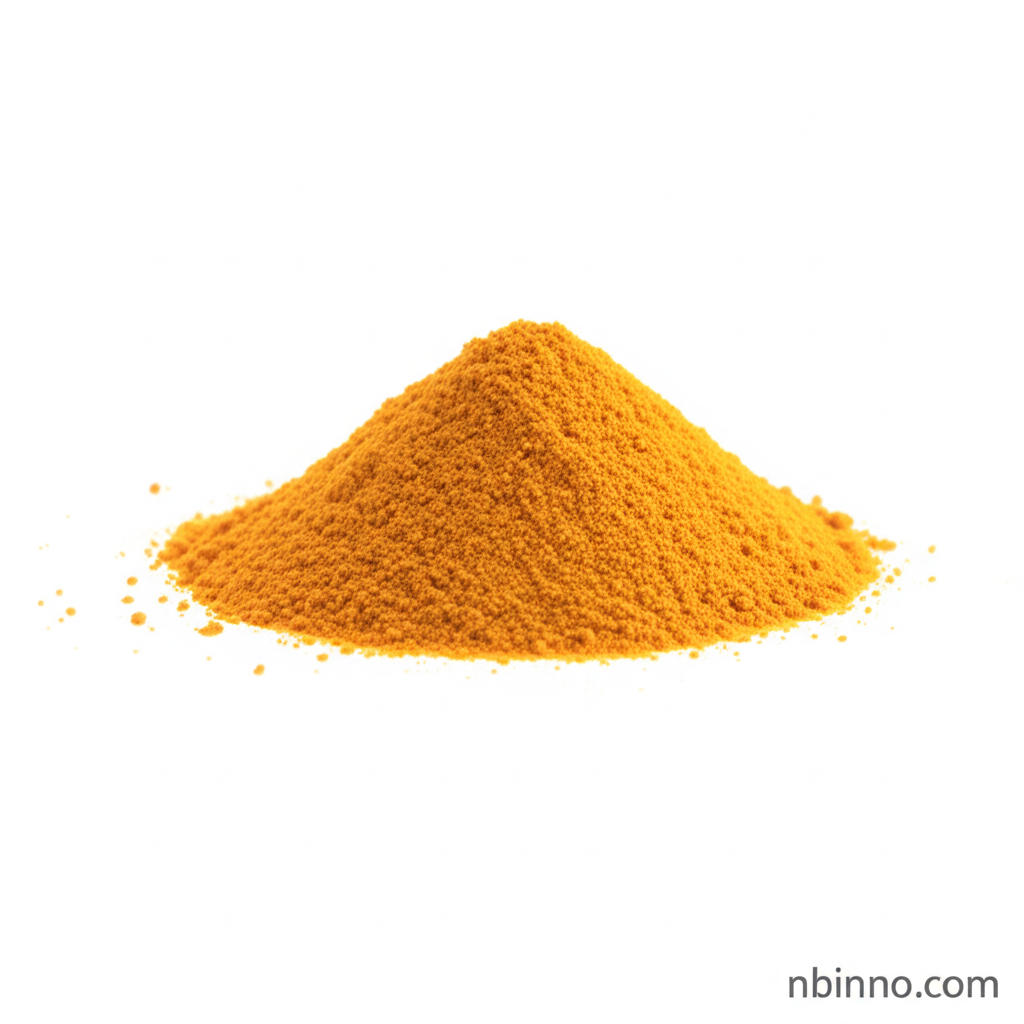Unlocking Chirality: The Power of Camphanic Acid Chloride
Explore the crucial role of this optically active compound in pharmaceutical synthesis and chiral analysis.
Get a Quote & SampleProduct Core Value

Camphanic Acid Chloride
Camphanic Acid Chloride is a highly valued chiral derivatization reagent, playing a critical role in advanced chemical synthesis and analysis. Its ability to facilitate the separation of enantiomers and determine enantiomeric excess makes it indispensable in fields requiring high stereochemical purity.
- Discover the utility of (-)-Camphanic acid chloride for chiral derivatization, a key step in analyzing complex chiral molecules.
- Learn how this compound serves as an effective optical resolving agent for alcohols, aiding in their separation and purification.
- Understand the process of enantiomeric excess determination reagent application with Camphanic Acid Chloride in various analytical methods.
- Explore the applications of Camphanic Acid Chloride as a vital chiral synthesis intermediate in the pharmaceutical sector.
Key Advantages
Enhanced Stereochemical Purity
Leverage Camphanic Acid Chloride to achieve superior enantiomer separation, a critical factor for drug efficacy and safety in pharmaceutical applications.
Precise Analytical Capabilities
Utilize its function as a chiral derivatization reagent for accurate determination of enantiomeric excess, ensuring the quality of chiral compounds.
Versatile Application Scope
Benefit from its wide applicability in chiral synthesis, allowing for the precise construction of complex chiral molecules with desired stereochemistry.
Key Applications
Chiral Derivatization
As a chiral derivatization reagent, it allows for the selective analysis of stereoisomers, crucial for identifying and quantifying specific enantiomers.
Optical Resolution
Serves as an optical resolving agent for alcohols, enabling the separation of racemic mixtures into individual enantiomers through diastereomeric ester formation.
Pharmaceutical Synthesis
Acts as a key intermediate in the synthesis of enantiomerically pure active pharmaceutical ingredients (APIs), directly impacting drug safety and efficacy.
Chiral Analysis
Essential for determining the enantiomeric excess of chiral amines and alcohols, providing critical data for quality control in chemical manufacturing.
